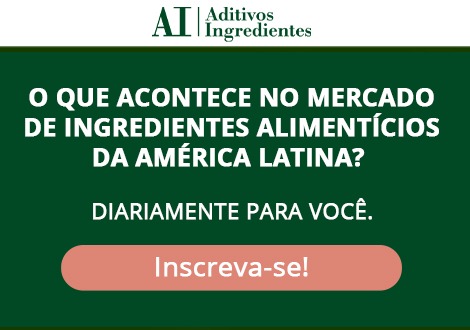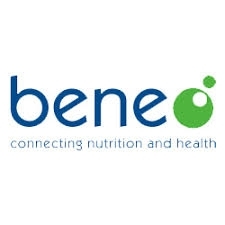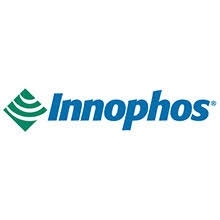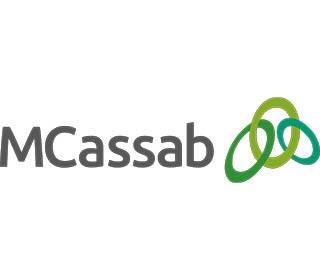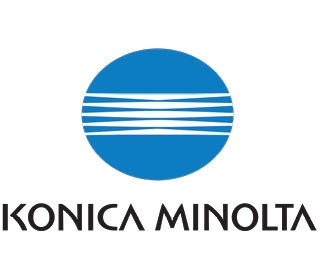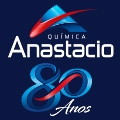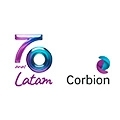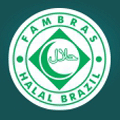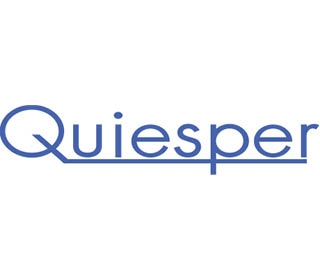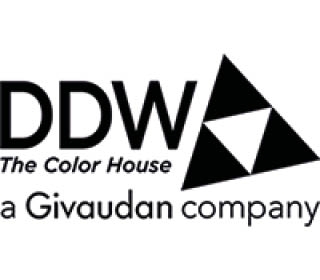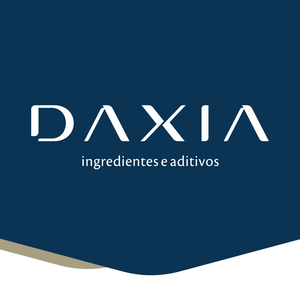Bright futures: The evolution of natural colors and a “less is more” approach
The trend for natural colors is part of a wider shift in consumer awareness about health and wellbeing and a desire for cleaner and safer food products. Consumers now have access to more information than ever before and, as a result of demand and pressure from health interest groups, the natural ingredients space has been growing steadily for several years now. In light of this, the incentive is now overwhelming for food manufacturers to clean up their products. This is being reflected in the rapid uptake of natural colors in new product launches.
According to Nathalie Pauleau, Natural Colors Category Director at Naturex, going back to artificial ingredients seems a very unlikely prospect – “natural colors are here to stay,” she claims firmly.
“The natural food colors category is an attractive market for businesses,” Pauleau tells. “It is recording solid and sustainable growth – 6-7 percent CAGR – and therefore it’s not surprising that many ingredients companies see an opportunity to piggy-back on this.”
For Naturex, a “less is more” approach is the principle the company is applying to their latest color developments. The company is expanding their Vegebrite range of natural colors by exploring new shades and new formulations using fruits, vegetables, flowers and algae as raw materials. “In doing so, we always aim to minimize the number of processing steps and added ingredients required to achieve the exact target color,” notes Pauleau.
An important issue in the colorants sector right now is titanium dioxide, a synthetic ingredient that is widely used in food and cosmetic applications for its whitening properties. It is a hot topic in Europe, and especially in France where the authorities will soon implement a ban on its use in food products. “With the ban on the horizon, French food manufacturers, and manufacturers who sell their products in France are looking for alternatives to comply with the new legislation,” she explains.
To address this need, Naturex has developed two natural solutions: Vegebrite White, made from rice starch; and Calcium Carbonate, which provides an intense white color. “Both solutions deliver good results in panned confectionery and can also be used in dietary supplement applications,” says Pauleau.
Natural color usage
In ice cream applications, according to Innova Market Insights, natural color usage in launches increased from 16 percent in 2012 to 22 percent in 2017. Over the same period, new ice cream products containing FD&C red, yellow or blue colors dropped by 39 percent.
Connie Sandusky, Ph.D., Global Marketing Director at DDW the Color House, believes that consumers are looking at natural colors in a new light: “Consumers aren’t so much demanding natural colors, as much as they are choosing products which are ‘free from’ artificial colors. Also, it’s an added benefit if the colors used are associated with a recognized health benefit.”
A recent development for DDW is EmulsiTech. “This technology creates ready-to-use liquid emulsions out of water-insoluble pigments like paprika and beta-carotene. You can skip the heating and diluting steps that were part of using concentrated beta-carotene for example, and move right into ‘measure and add’ mode. It’s an idea that made sense to us and fortunately, the market agrees,” Sandusky explains.
“It can be challenging to gain new color approvals because obtaining success with natural colors requires the time and effort of many functions. Color expression and stability are influenced by just about everything in the formula, processing and packaging environment,” she says.
Meanwhile, DDW’s new natural red color is made from a unique purple corn hybrid. “This is special because most of the color is in the outer layer (pericarp) and can be extracted with water. No chemicals and gentle extraction make simple labels and happy consumers,” continues Sandusky. “And, because corn can be grown all over the world, it is easy to scale in just one season – a dream for the supply chain leader. This is one product that ticks all the right boxes,” she claims.
According to Frutarom, the introduction of coloring to foods has added a new chapter in the evolution of natural colors. “By limiting the processing and adding a fruit or vegetable source of color, a new product has been introduced – coloring foods. The coloring effect is secondary to the product being a food item and this type of product has no E-numbers,” Ilanit Bar-Zeev, Vice President Natural Solutions – Natural Colors BU Director at Frutarom, tells.
“There seems to be a growing desire for naturalness in food. Consumers require and ask for more natural and low-processed products. They want transparency. And they want to know what they eat and where it comes from.”
“Everything points in the direction of a continuation of natural colors being selected over synthetic,” adds Bar-Zeev. “The food and beverage industry took responsibility and leadership to make it happen – constantly working on generating accessible, affordable and sustainable ingredients and solutions.”
“Several scientific works that were done over the years indicated that synthetic colors might have a non- positive effect on human beings. In particular, the South Hampton colors – the 7 FD&C colors that were pointed out as being related to ADHD – have had a tremendous impact on the view of colors for food applications. The fact that allergies had become a bigger problem for many people and allergens play a significant role in the selection of food for more and more people, has helped give natural food a boost including natural colors,” Bar-Zeev explains.
Natural colors have had their challenges and still have, according to Bar-Zeev. “In relation to stability, brightness, applicability, they do have limitations. However, over the years some of these have been overcome to some extent. The preparation of encapsulation, emulsification, the addition of natural antioxidants and preservatives, are some of the technologies applied to solve some of the weaknesses of natural colors,” she notes.
“By controlling the entire process from sourcing to sale (field to fork), we have the possibility of stabilizing prices to some extent. We can also influence the quality, meaning the hue/shade and the functionalities. By backward integration and responsible sourcing, we can provide customers with a reduced risk of variations between supplied colors. We have the possibility of providing ‘colors of origin’ to our customers. This alone will reduce the risk of differences between supplies to the same customer.”
“This is an excellent way of approaching the challenge of meeting the consumer wish for a natural, clean, clear, healthier, authentic offering,” Bar-Zeev concludes
